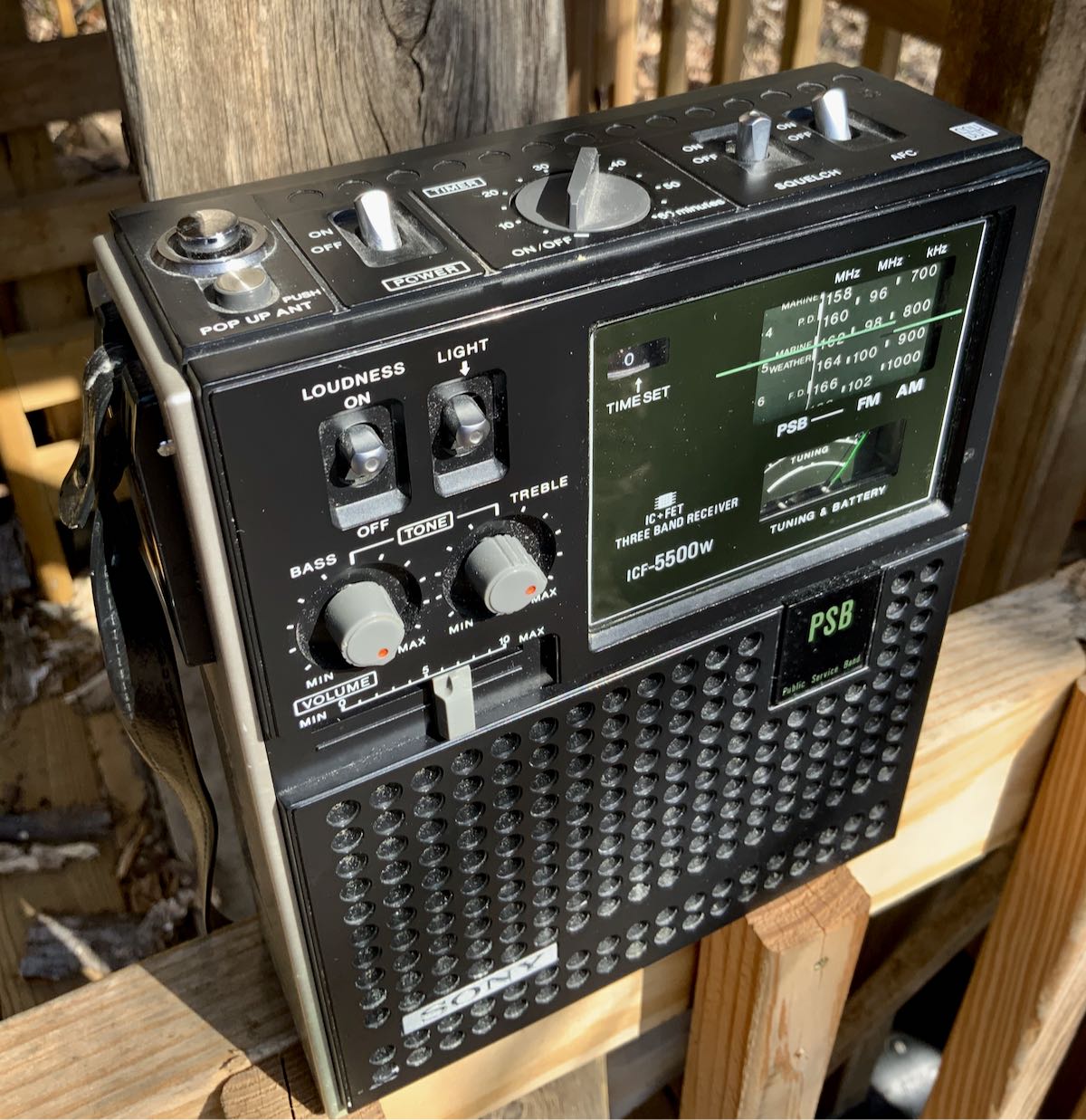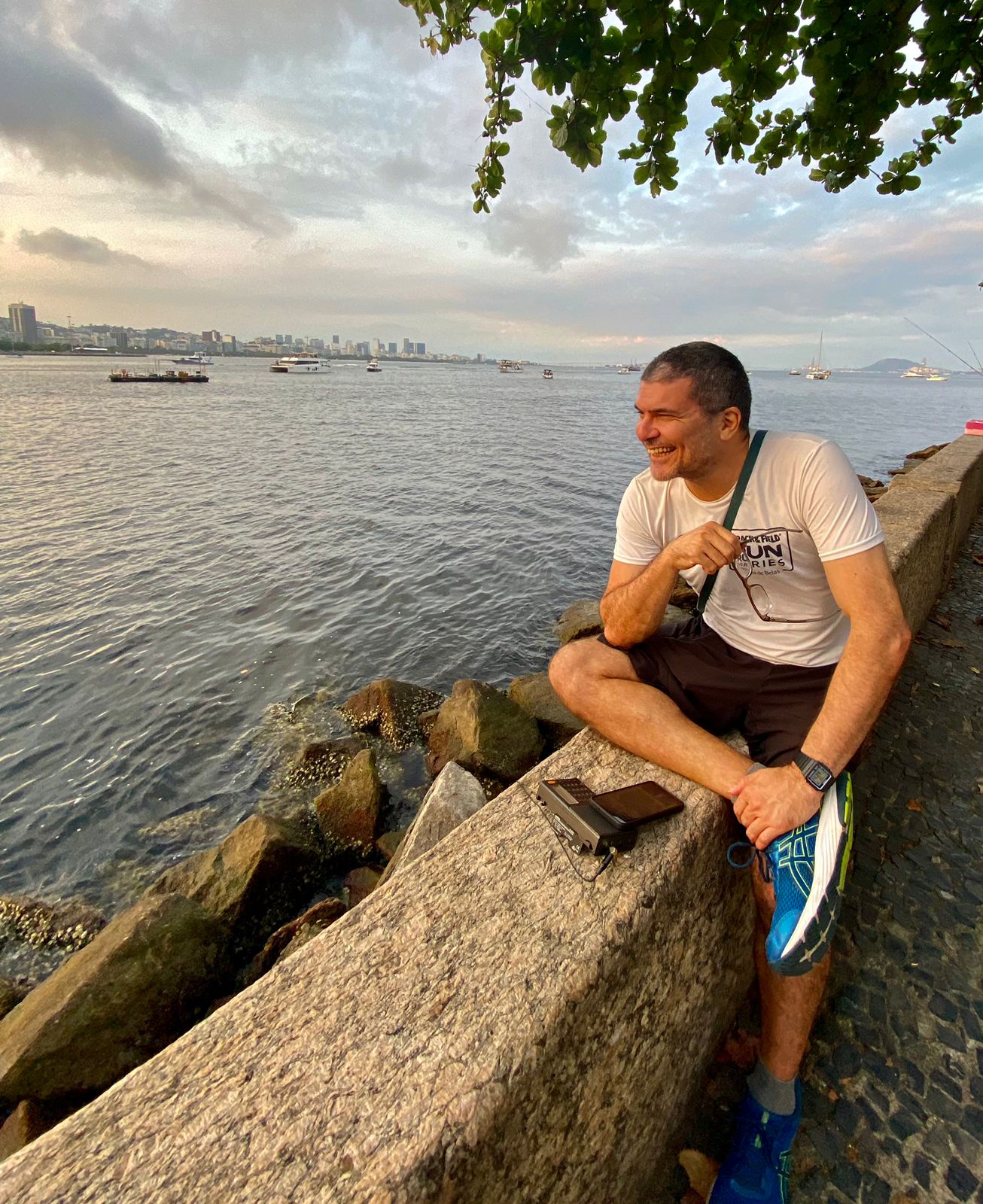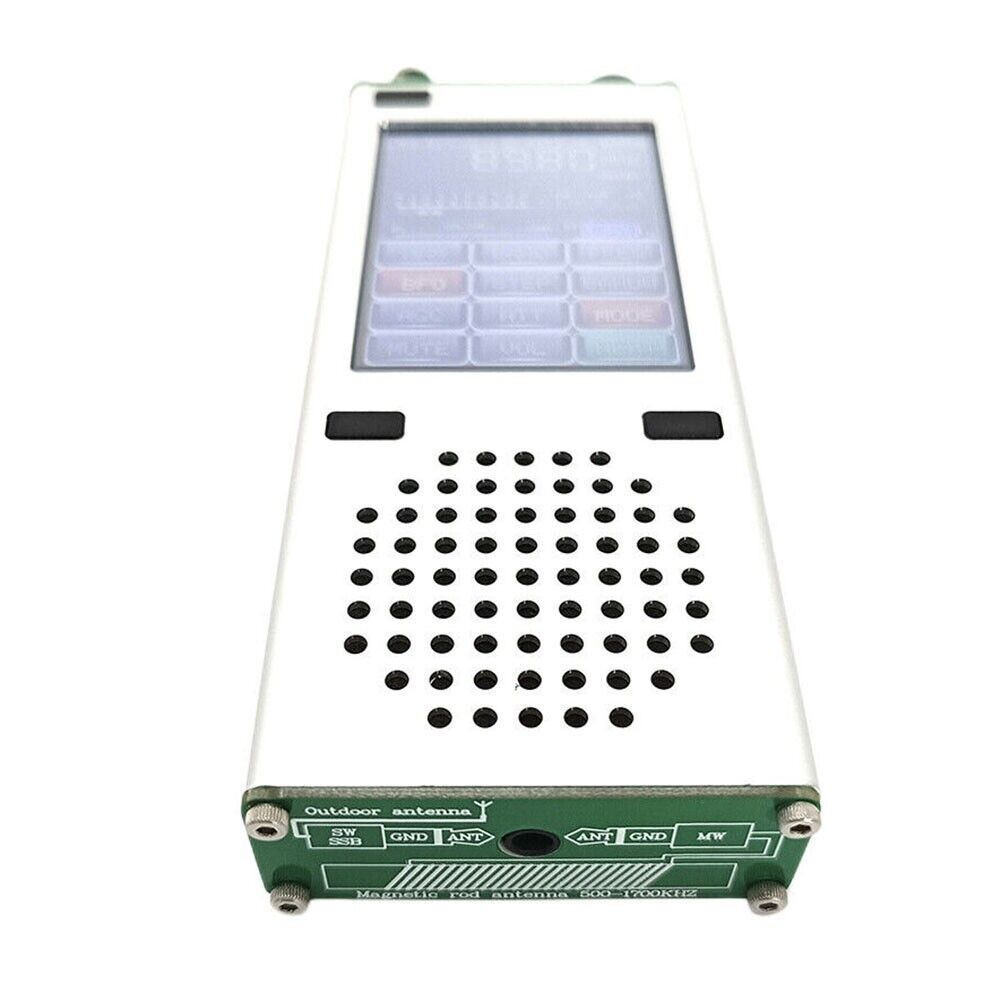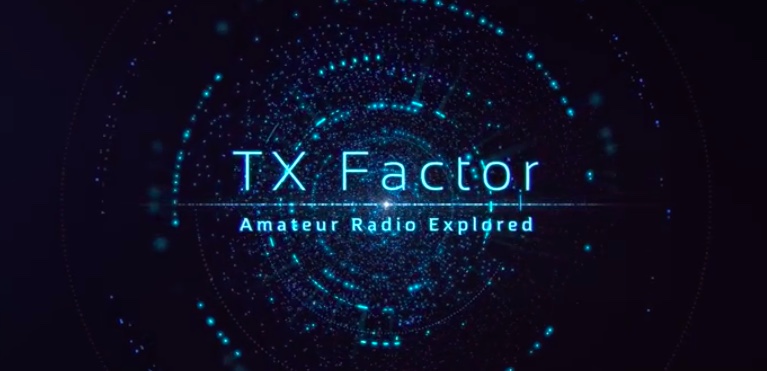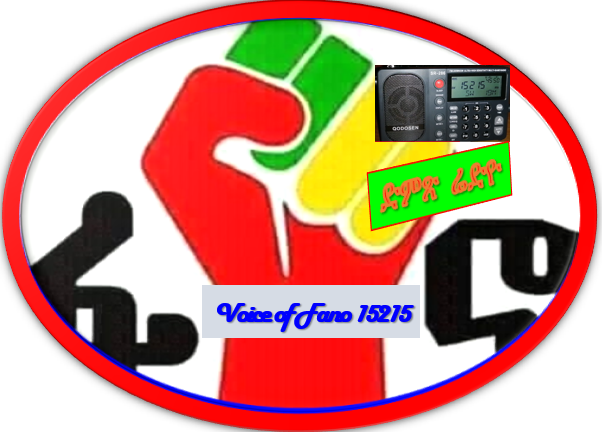 Many thanks to SWLing Post contributor, André, who writes:
Many thanks to SWLing Post contributor, André, who writes:
I have been following the SWLing Post for many years and really enjoy it. Like many DXers, I have a YouTube channel where I share my catches.
But I have something a bit different, that your readers might find interesting. It is an interview with a producer and presenter at an Ethiopian clandestine SW station, Voice of Fano.
I think it is interesting to hear from someone who is directly involved in a clandestine station, during a time of conflict, about their station. How they make programmes, the listeners, why they started the station, why shortwave, are they being jammed and more.
The station transmits from Issoudun, twice a week only, 15215 kHz. It can be heard on Wednesdays and Saturdays, 17:00 to 18:15 UTC. The WRTH listing has not been updated yet, they used to broadcast for 30 minutes only, but have increased this to 75 minutes. They have been transmitting for just over five months.
Kind regards,
André
Johannesburg, South Africa

